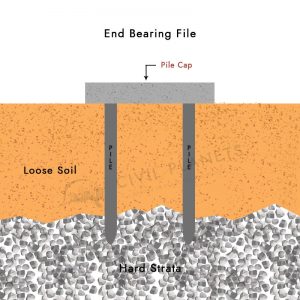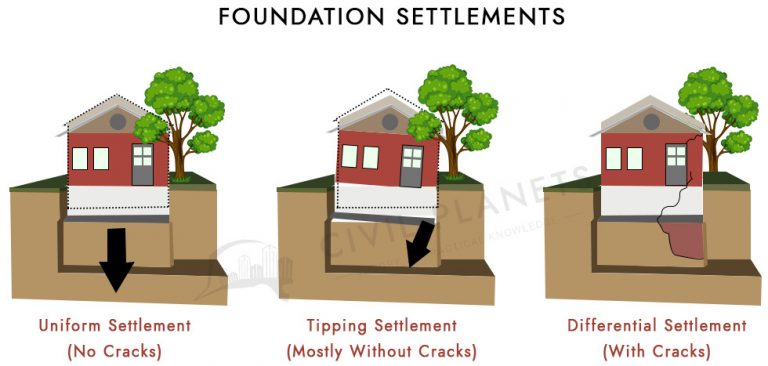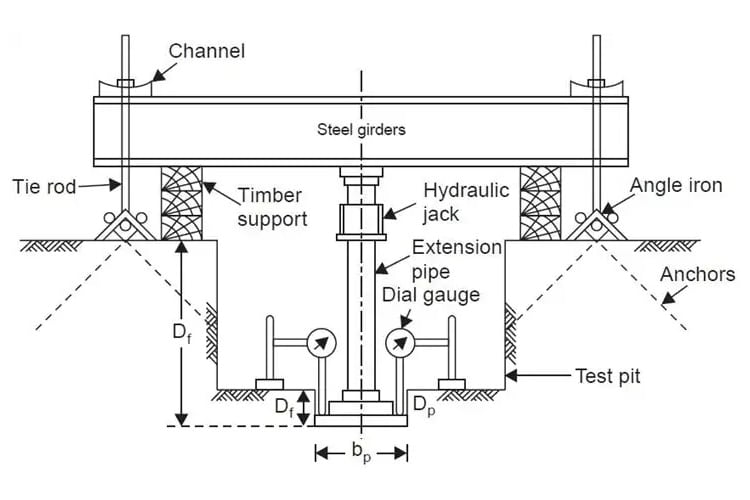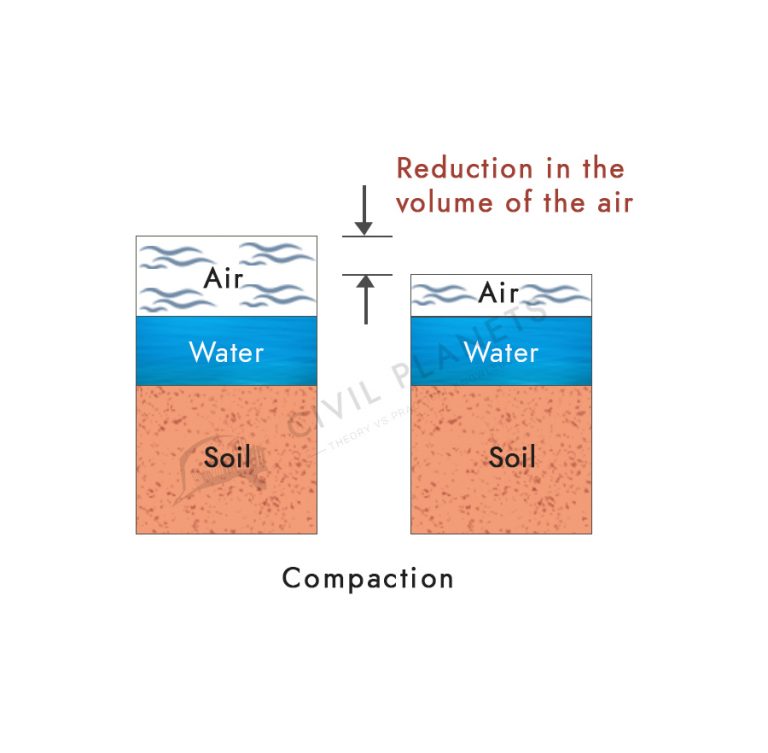The primary function of the foundation is to transmit the different types of loads from the structure to the ground soil.
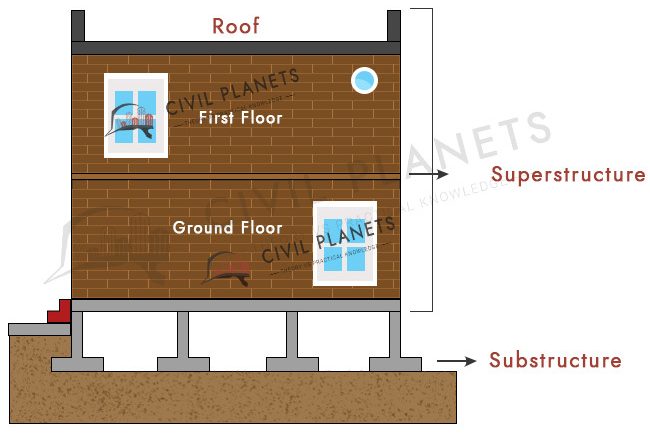
There are two major types of foundation used to construct any structure such as
- Shallow foundation
- Deep foundation
When the depth of the foundation is equal to or less than the width of the foundation, it is called a shallow foundation. The depth of foundation depends on many factors such as bearing capacity of the soil, density of soil, location, water level, etc.
What is meant by the deep foundation?
When the depth of the foundation is greater than the width of the foundation, it is called a deep foundation. If the required depth of the foundation is exceeded 3m, then the foundation has to be designed as a deep foundation.
Why do we use deep foundations?
- It is used when the soil has a low bearing capacity.
- It is suitable when the self-weight of the structure is very high.
- To sustain the high rise structure from the sudden impact, a deep foundation is the most preferable.
- Mostly used where the soil is very loose and low dense.
Types of deep foundation
- Pile foundation
- Caisson or Well foundation
- Pier foundation
Pile foundation
The most common type of deep foundation widely used for large structures. The pile foundation method is suitable for clayey soil or where the soil contains low bearing capacity.
The load will transfer from the superstructure to the deep ground soil through a vertical pile. Different types of pile foundations are used depending on soil conditions.
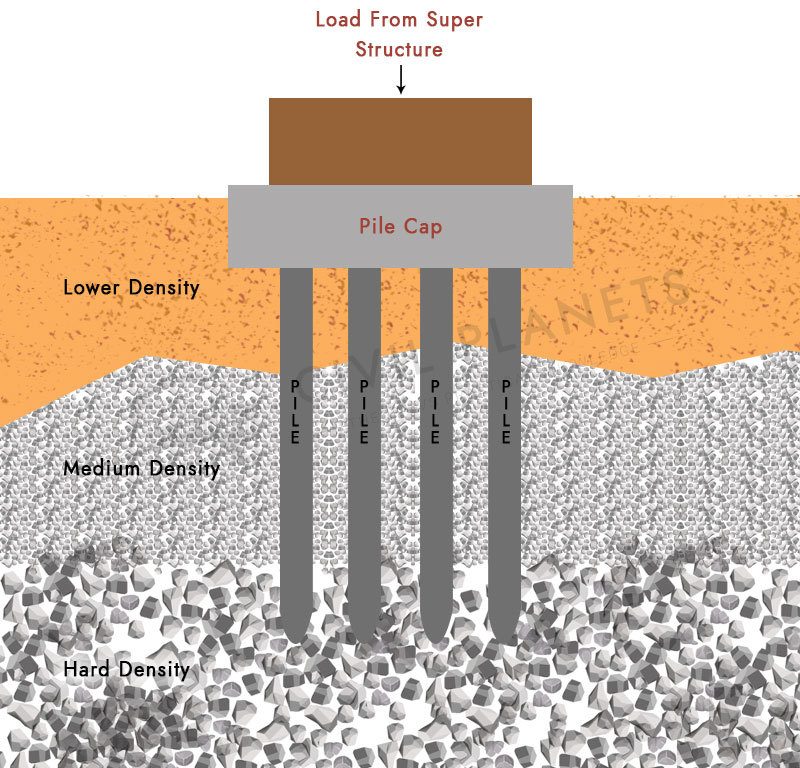
- The pile foundation is used in high rise buildings. The methodology of the pile foundation is simple.
- It sustains greater load; however, sometimes it may fail. So the number of piles and its depth should be designed accurately.
- It reduces the construction time compared to the other types of foundation.
Types of pile
- End bearing pile
- Friction pile
- Anchor pile
Steel, timber, and concrete are used as the pile material, but the reinforced concrete is widely used in the pile foundation.
End Bearing Pile
The end bearing piles are driven into the soft, hard soil where the depth of pile does not exceed 40m. The end of the pile is placed over the hard rock at a considerable deep depth.
The structure load will be transferred to the ground soil through the vertical members of the foundation.
Friction Pile
The methodology of friction pile driven is the same as the end-bearing pile. The friction pile is used where the pile depth is beyond 40m.
The friction piles slightly float in the soil, and the skin friction happens by the surrounding soil will transfer the load.
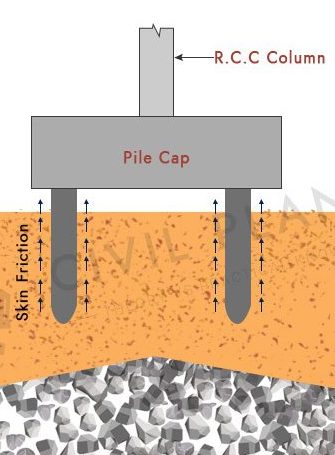
Caissons or Well foundation
The well foundation is used in waterlogged areas such as rivers, lakes, and the coastal zone. The well foundation is likely to seem either in a circular or rectangular shape, and the inner portion of the foundation will be hollow.
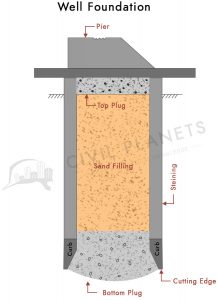
Types of caisson or well foundations
- Open caisson
- Closed Caisson
- Pneumatic caisson
The caisson foundation is used in the construction of bridges where it is located in a river or lake area. The construction method of the well foundation is a little tricky thus highly skilled manpower is required.
Pier Foundation
The pier foundation method is mostly used in bridge construction (metro projects).
The pier foundation consists of a large cylindrical column that rests on the hard rock below the ground surface. The load occurring on the structure will be transferred through the column to the ground soil.
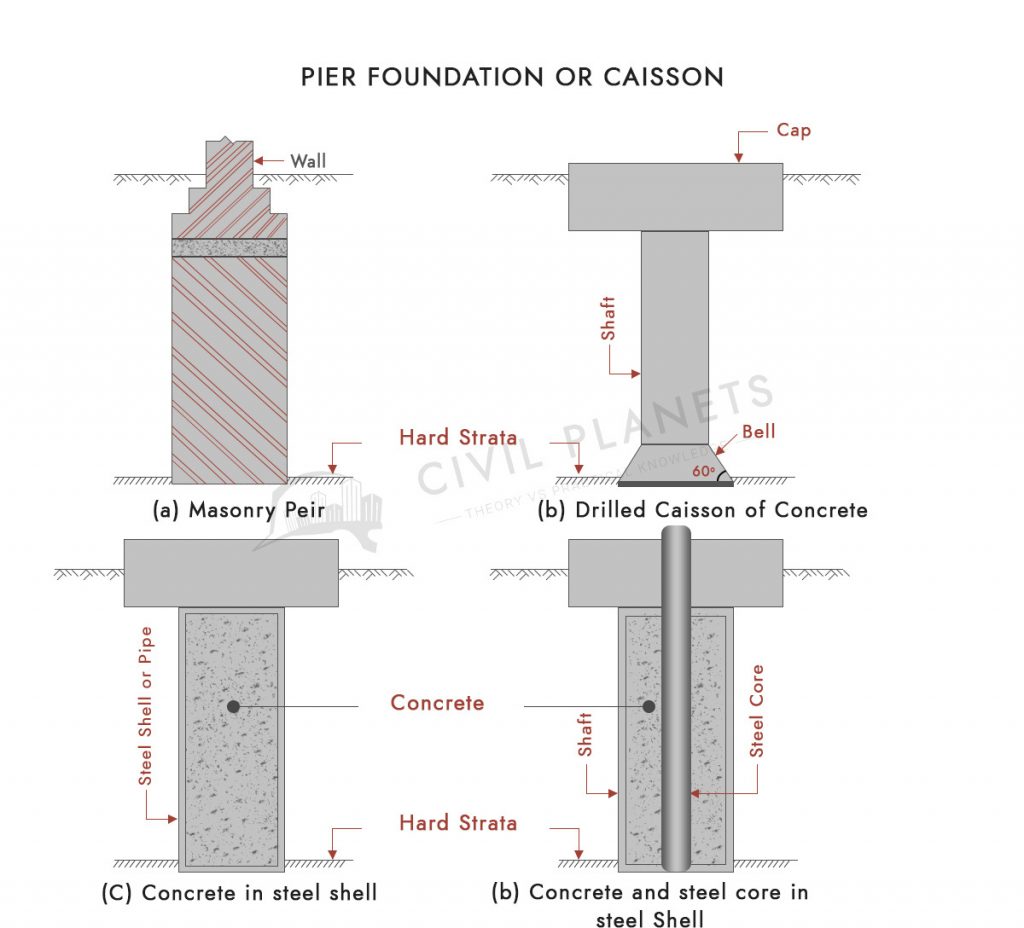
Suitable conditions to use Pier Foundations
- Presence of decomposed rocks on the topsoil surface.
- Inadequate bearing capacity of the soil.
- Slope soil surface.
- Moisturised Soil layer.
Advantages of Deep Foundations
- It can sustain the heavy load.
- We can construct high rise structures in low bearing capacity of the soil.
- Used to build large scale structures.
- It can resist the seismic load impact.
Disadvantages of Deep Foundations
- The cost of deep foundation construction is high.
- Highly skilled manpower is required.
- Much more safety precautions required while execution.
Happy Learning 🙂

